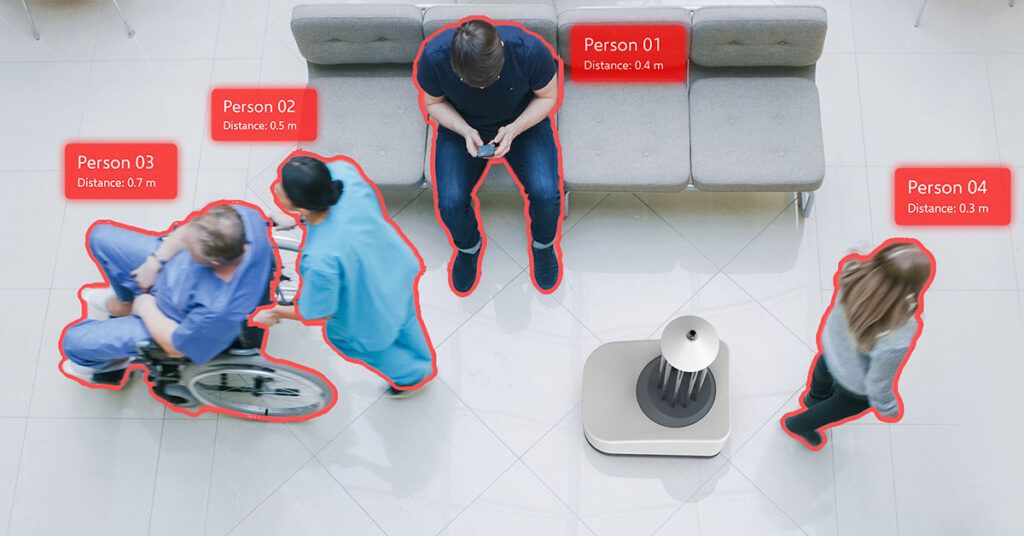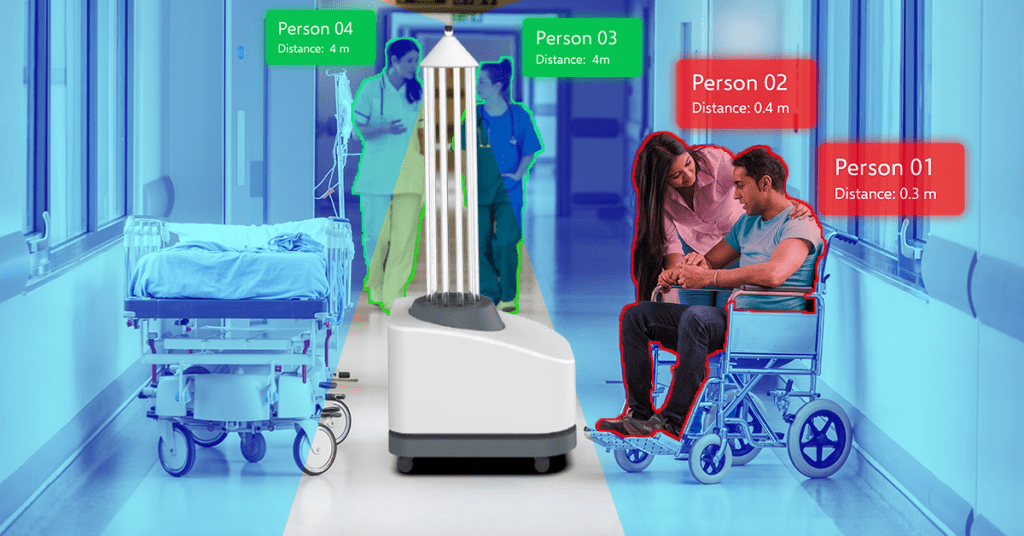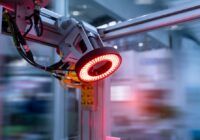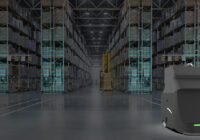Obstacle detection is the process of finding and detecting barriers in the path of a moving object. Obstruction detection systems must distinguish between obstacles and non-obstacles, as well as identify the type of obstacle. There are numerous types of this system, each with its own set of benefits and drawbacks.
Obstacle detection sensor has numerous applications in smart robots, intelligent cars, and autonomous agricultural vehicles. Obstacle identification based on visual picture information is one of them. Read the blog post to learn more about different types of detection systems.
Types of obstacle detection systems:
Camera-based system:
A camera-based system is one of the most frequent forms of this system. Cameras for detection can identify a wide range of impediments, including humans, animals, and automobiles. Weather conditions, such as fog or rain, might, however, impede camera-based systems.
Sensor-based system:
A sensor-based system is another sort of obstacle detection sensor system. Sensor-based systems identify impediments using a range of sensors. Traditional sensors for detection primarily comprise laser radar sensors, visual devices, and ultrasonic sensors, infrared sensors. The underlying idea behind laser radar sensors is that distance information can be obtained by computing the time gap between laser emission and reception. Sensor-based systems are frequently more accurate than camera-based systems but can be more costly.
Advantages of Dreamvu’s obstacle-detecting method over traditional symptoms
Obstacle detection with a camera has been established as a more effective method of classifying and detecting impediments. This accuracy can be affected by various factors, including lighting effects, nighttime, bad weather, large occlusions, etc. With camera detection, estimating collision distance is also a significant difficulty.
DreamVu’s solutions, like PAL mini, PAL USB, and PAL ethernet, detect objects below and above the 2D LiDAR plane. You can record photographs with PAL with a 360° horizontal field of vision and a 110° vertical field of view at a quality of up to 9 megapixels, a practical depth range of 10 meters, and a minimum depth requirement. Because each frame can offer a full 3D occupancy map, PAL is the ideal sensor for autonomous mobile robot (AMR) navigation systems. PAL provides ODOA and SLAM with a full understanding of the surrounding area, allowing AMRs to localize and move along the most efficient paths.
The benefits of DreamVu’s solutions are:
- The combination of a 360° horizontal field of view and a wide vertical field of view improves navigation efficiency.
- Detects several sorts of obstacles with low false positives.
- Continuous operation on various floor types and surroundings
DreamVu’s vision systems, which can distinguish player motions, will certainly be deployed in the warehouse, factory floor, and so on. As a result, it is possible to view a worker loading a truck while being supported by an extended conveyor. We are redefining how machines and humans see the environment with camera-based solutions that make advantage of exceptional optics and imaging software. We are a global leader in industrial 3D sensor technology, an essential component of all automation processes.
Sensors for obstacle detection are devices that can detect the presence of obstacles in the path of a vehicle or a robot. These sensors are commonly used in various applications such as autonomous vehicles, drones, and robotic systems.
We hope this article has helped you understand the basics of obstacle detection sensor. Contact us if you would like to learn more or discuss your specific needs with one of our experts.






